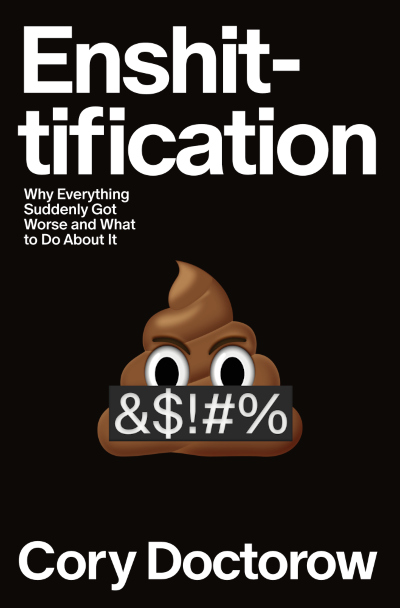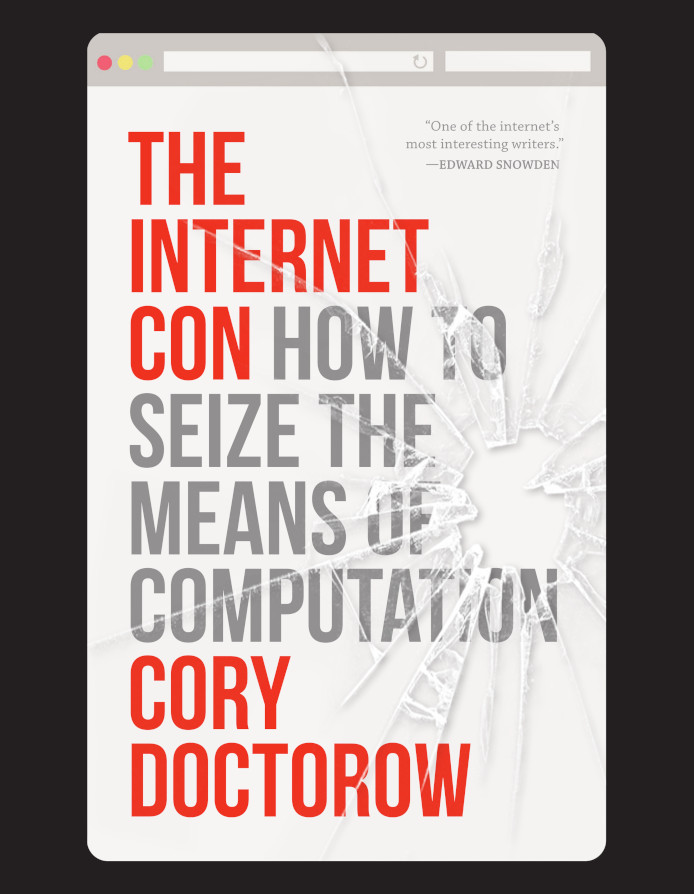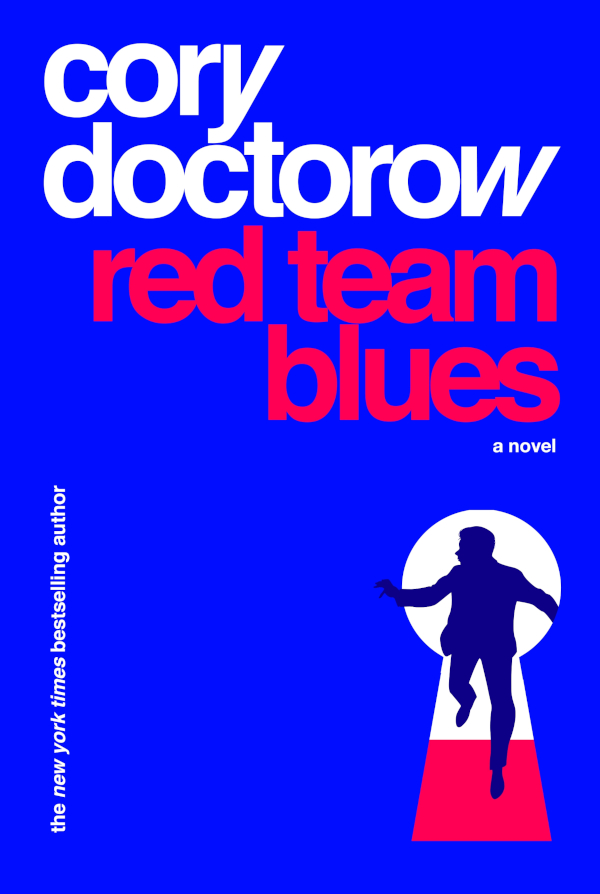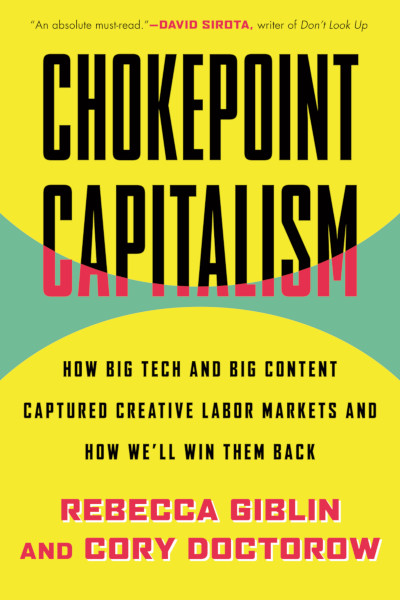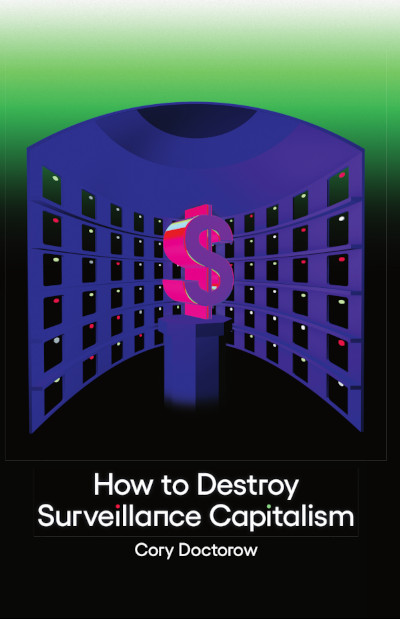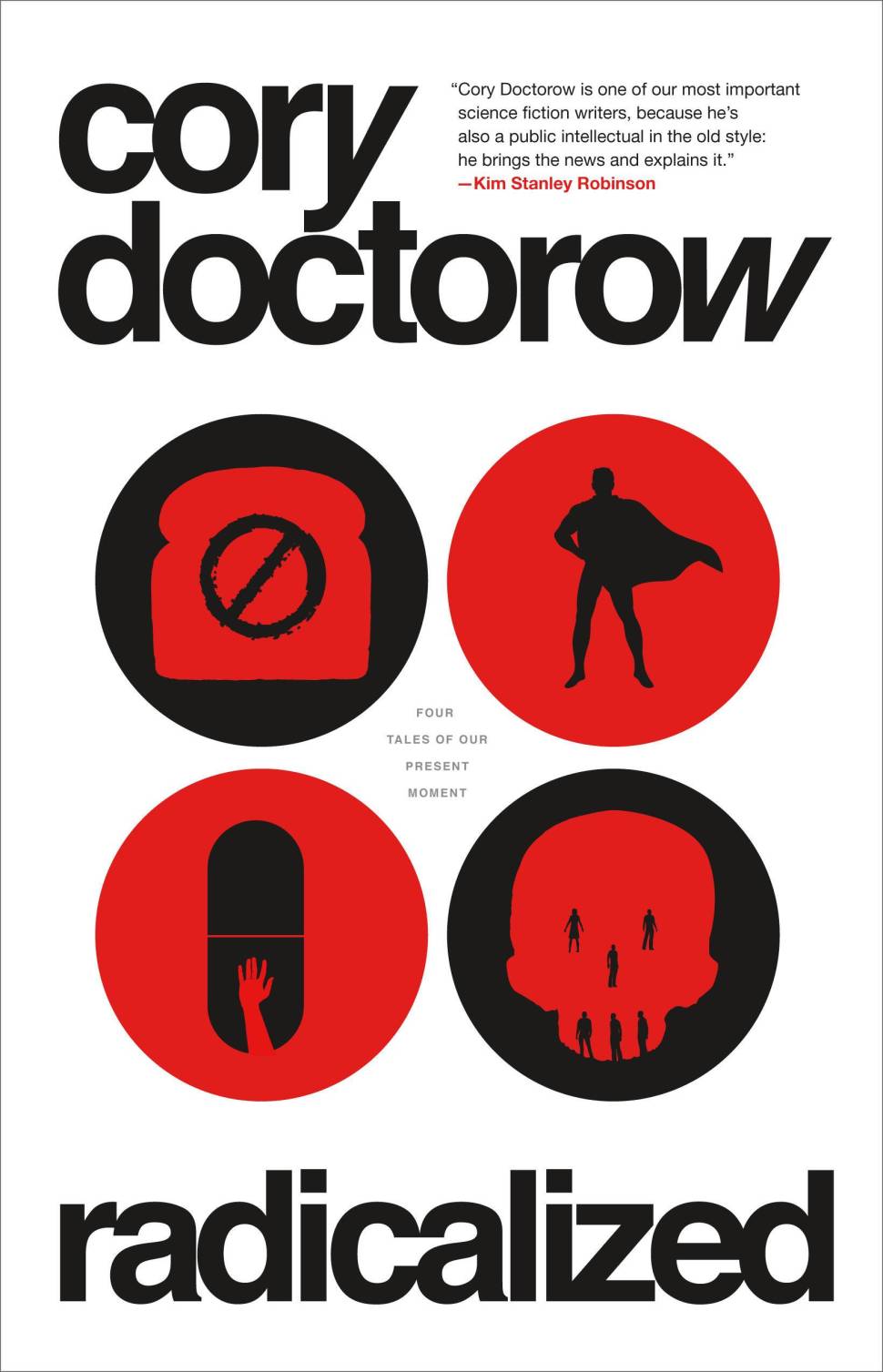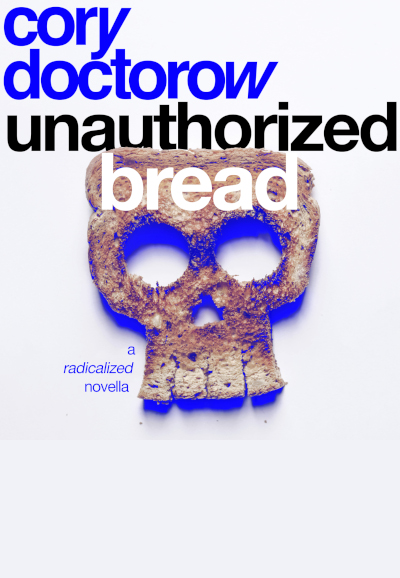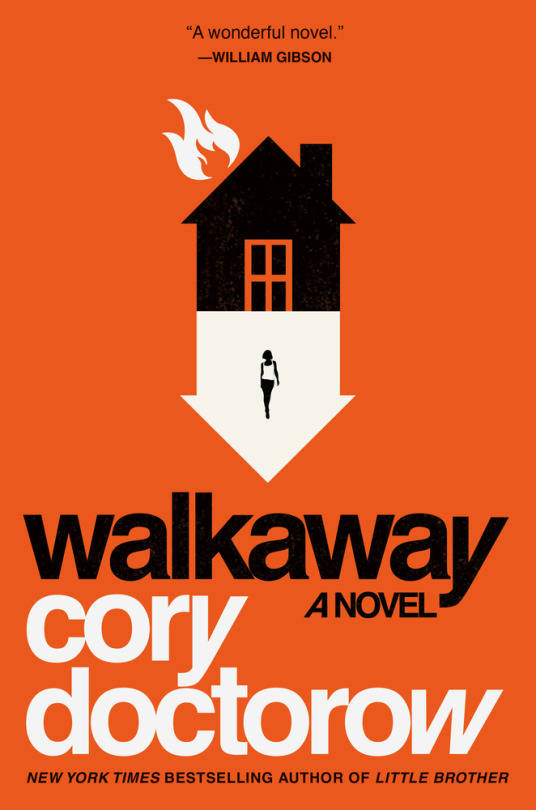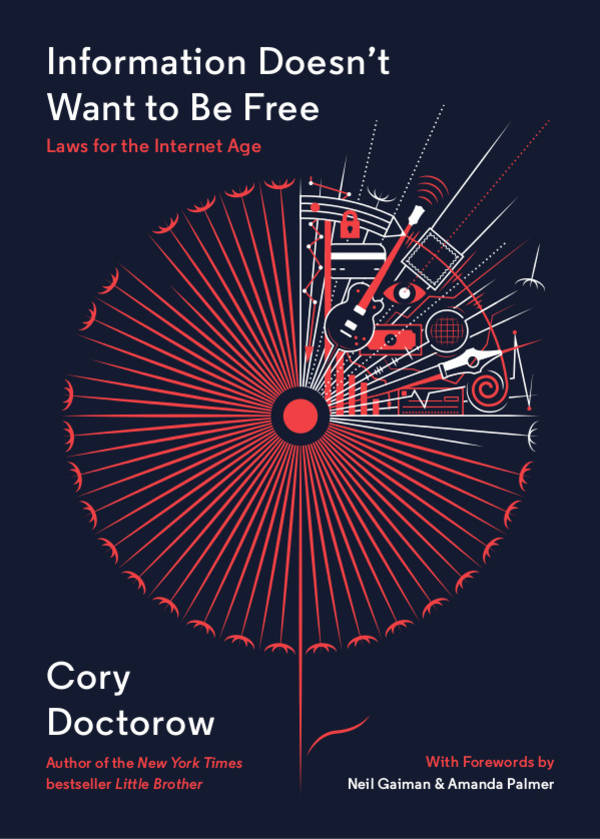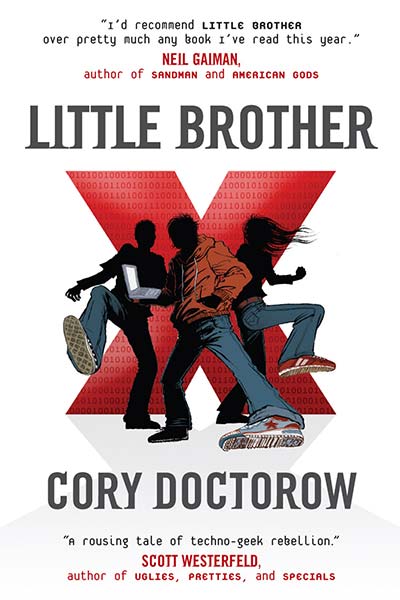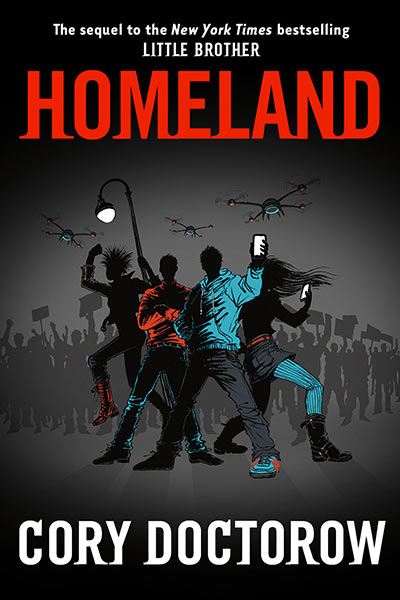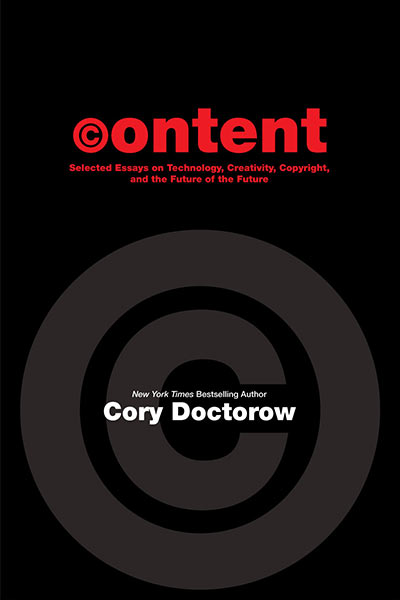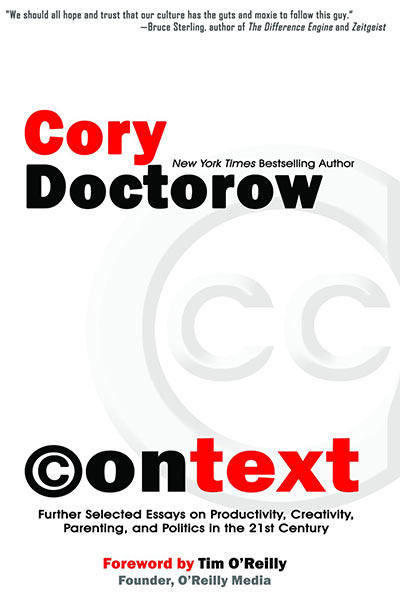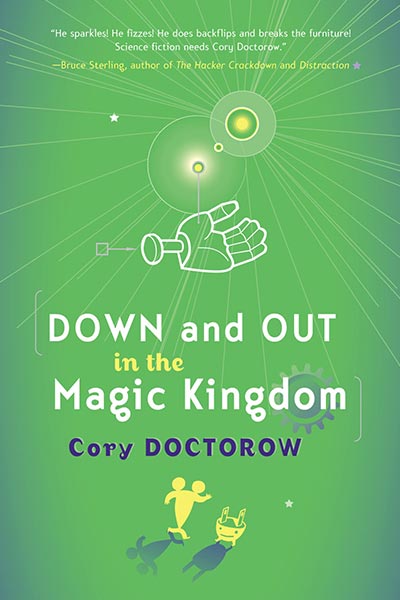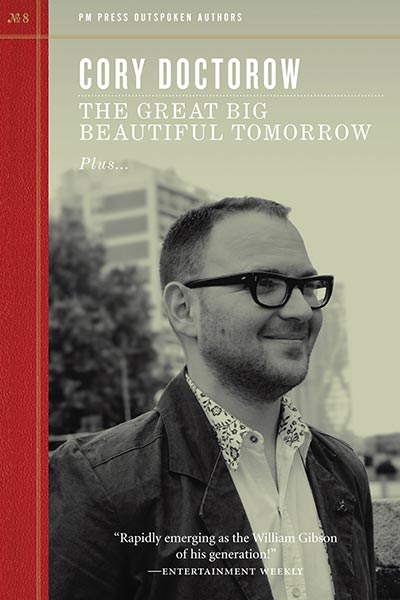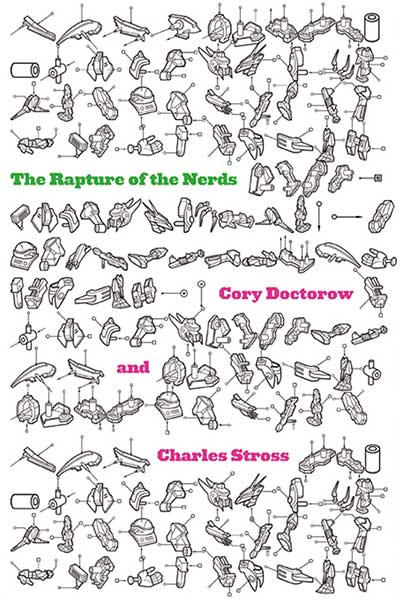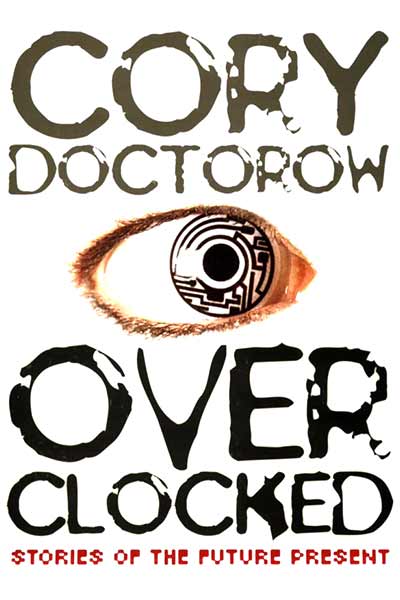
Hal Stern got one of the first batch of limited edition hardcovers of With a Little Help, and he received it in time for Christmas. He’s lavishly documented his unboxing experience, and is clearly delighted with the book! I’m about to leave for Christmas holidays but I’ll be back to shipping new batches after January 10. Thanks to everyone who ordered the book so far — about 70 copies of the 250 have been sold!
My first thought, like any kid with a wrapped present in hand, was to tear open the packaging. However, the burlap sack is just wonderful. “Fondled” is too strong; I slowly unrolled the sack ensconcing my book, stopping to take pictures and note the defects in the burlap, the dyes and paints announcing its provenance, and to wipe up the floatsam left behind on my desk. I’ll never look at Amazon’s shrink wrap or packing peanuts with only minor disdain again. This was a labor of love. I saved the burlap sack for reasons that will (I hope) become clear when we finally move out of this house and I have to clean up my office.
What’s inside? Goodness, oh goodness. And a surprise.

